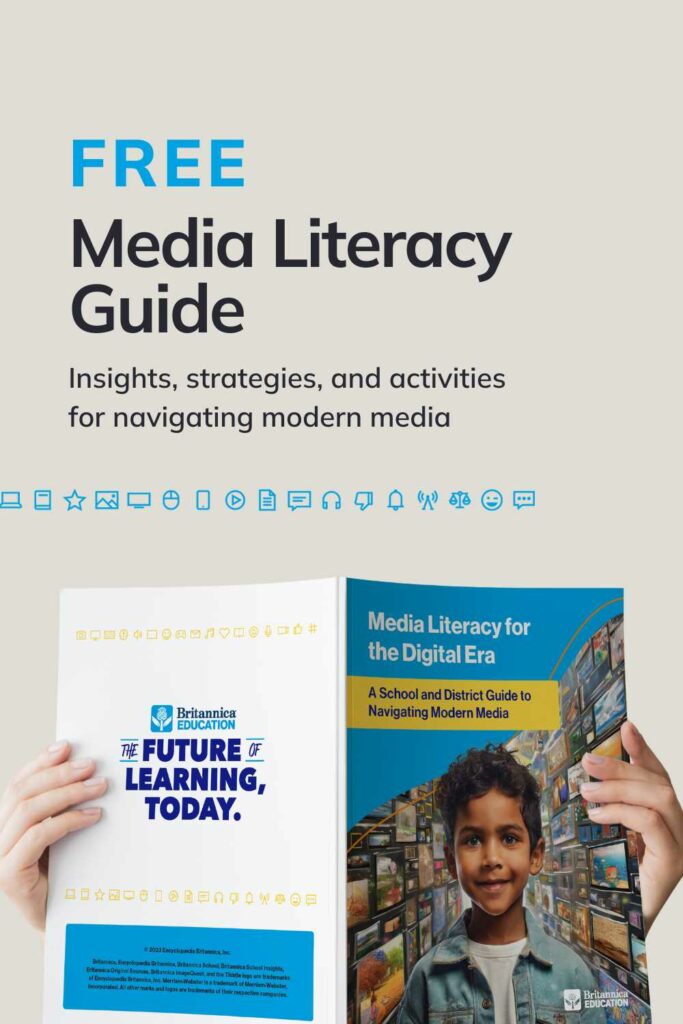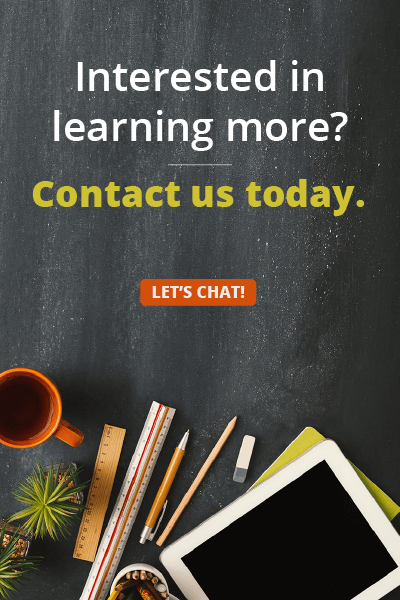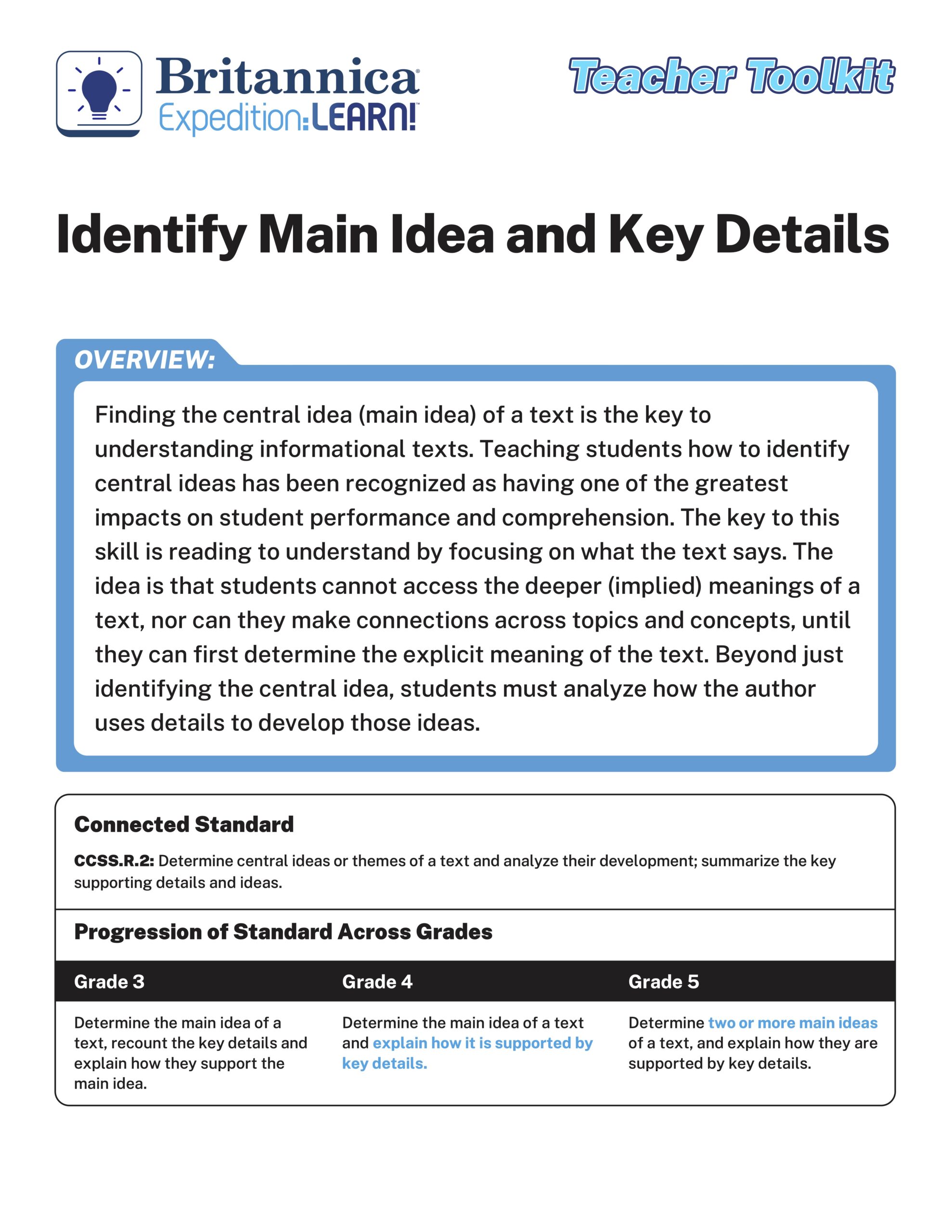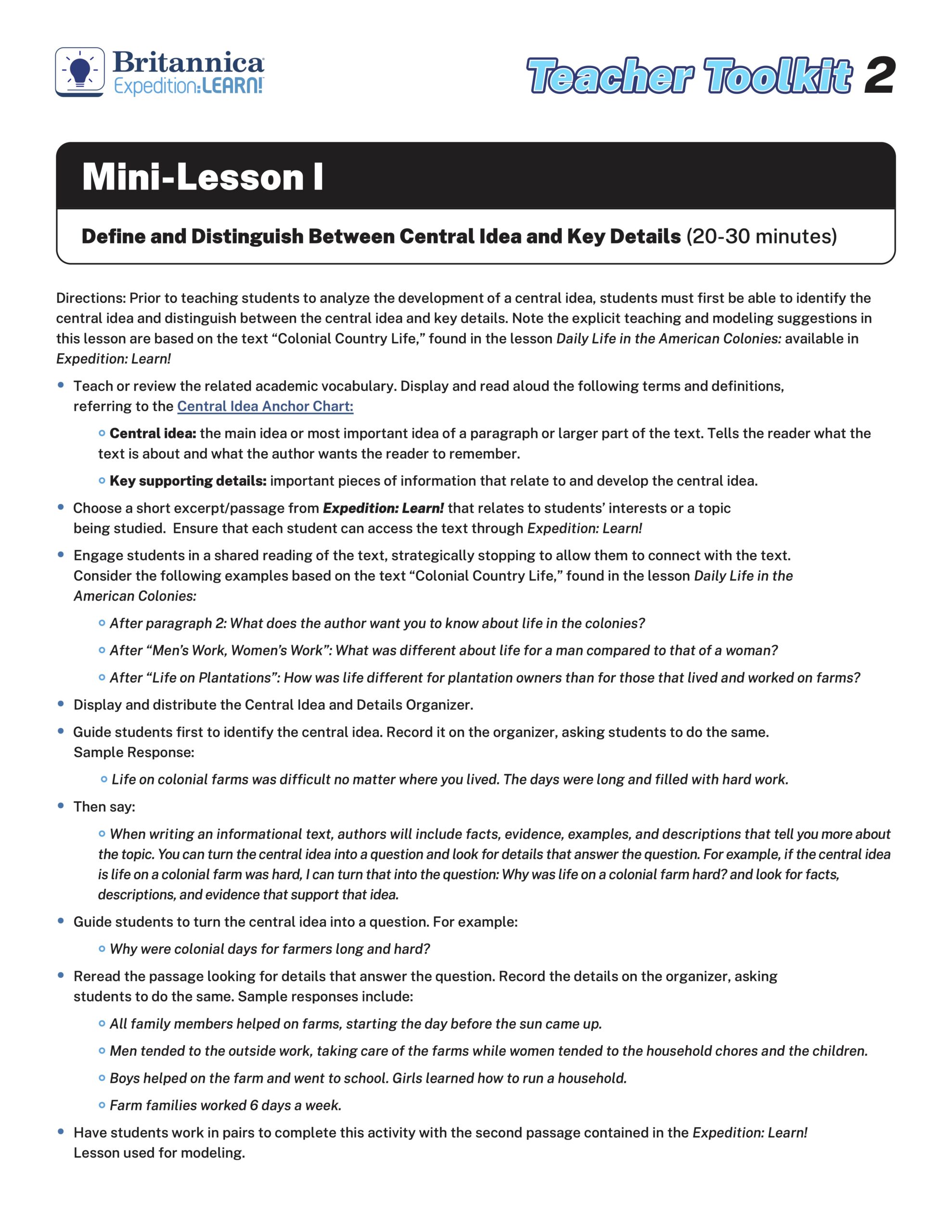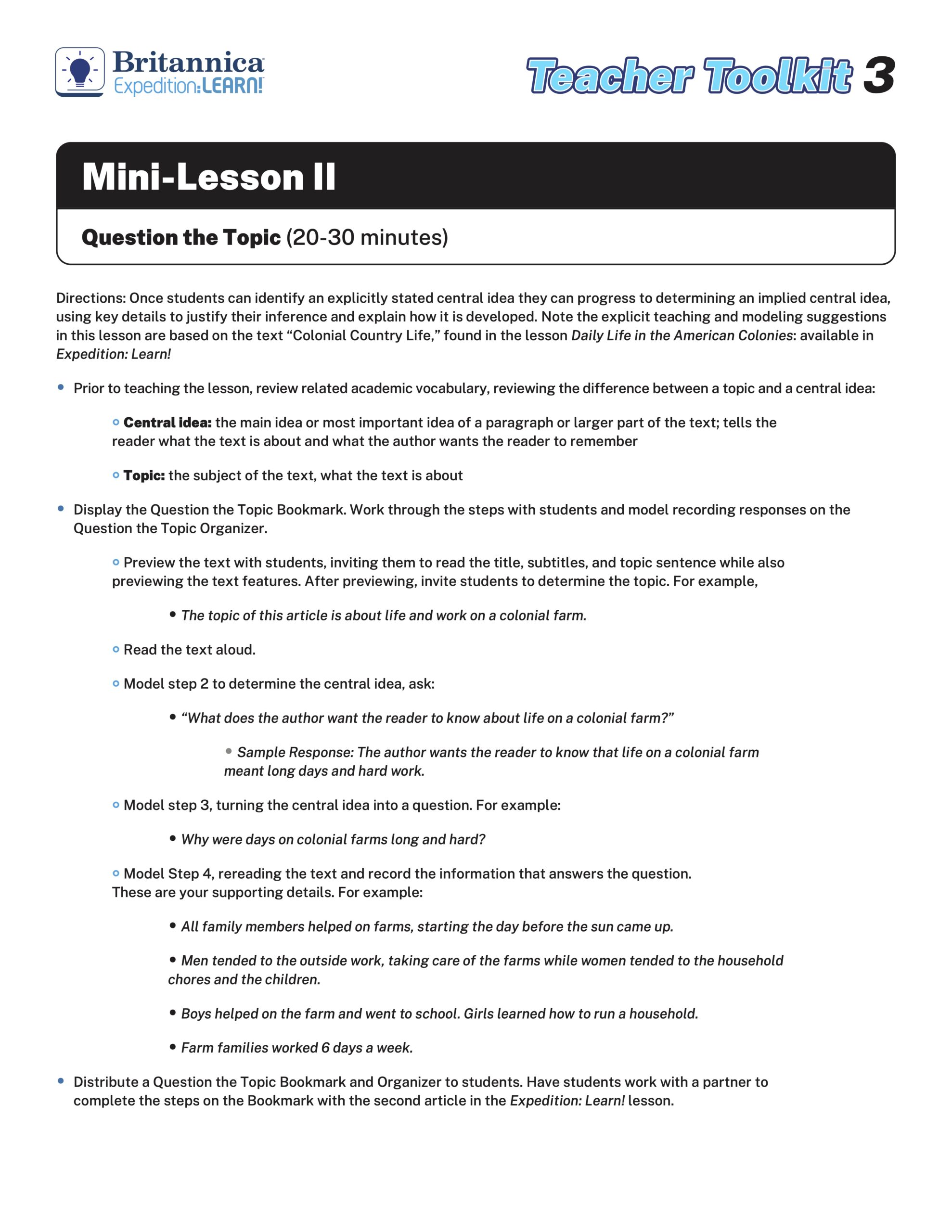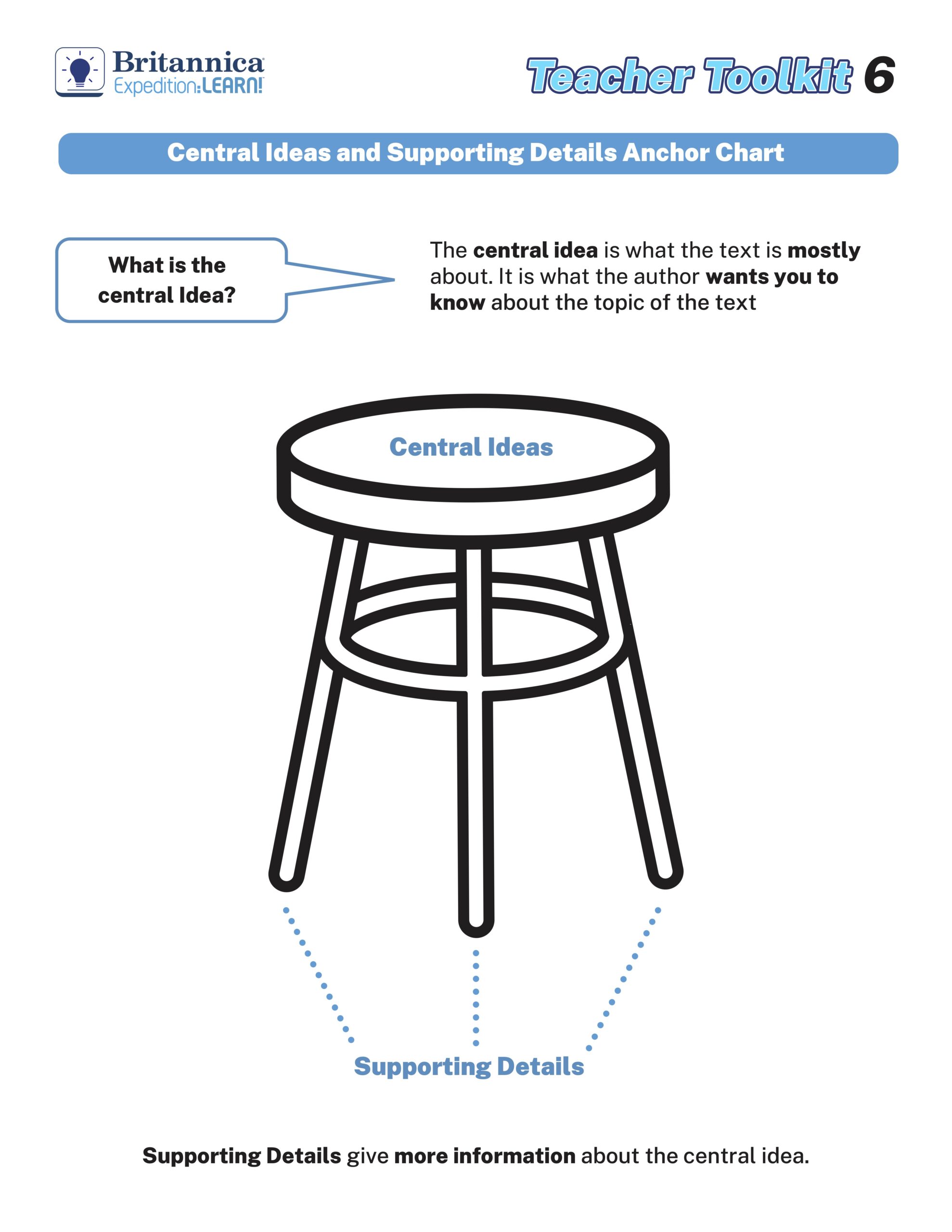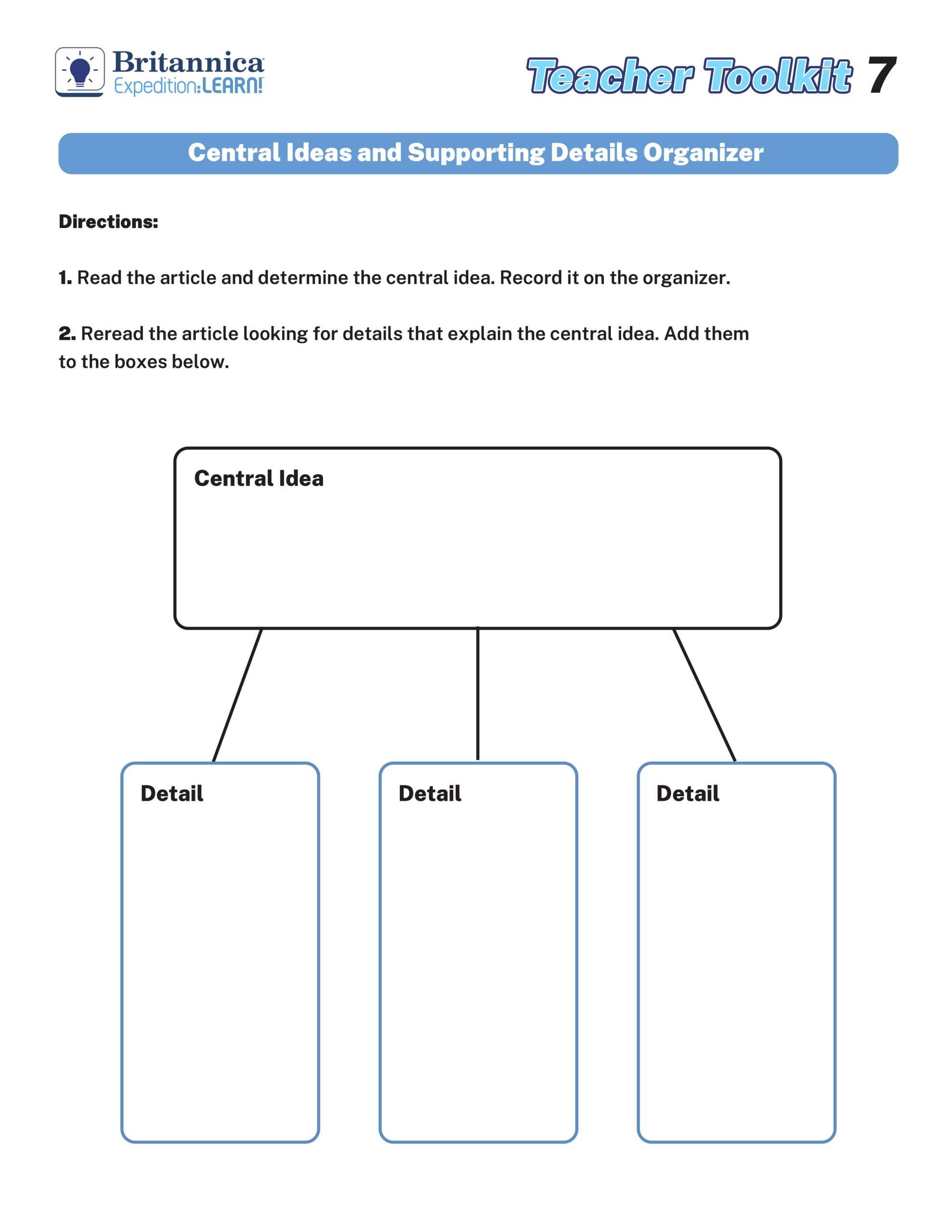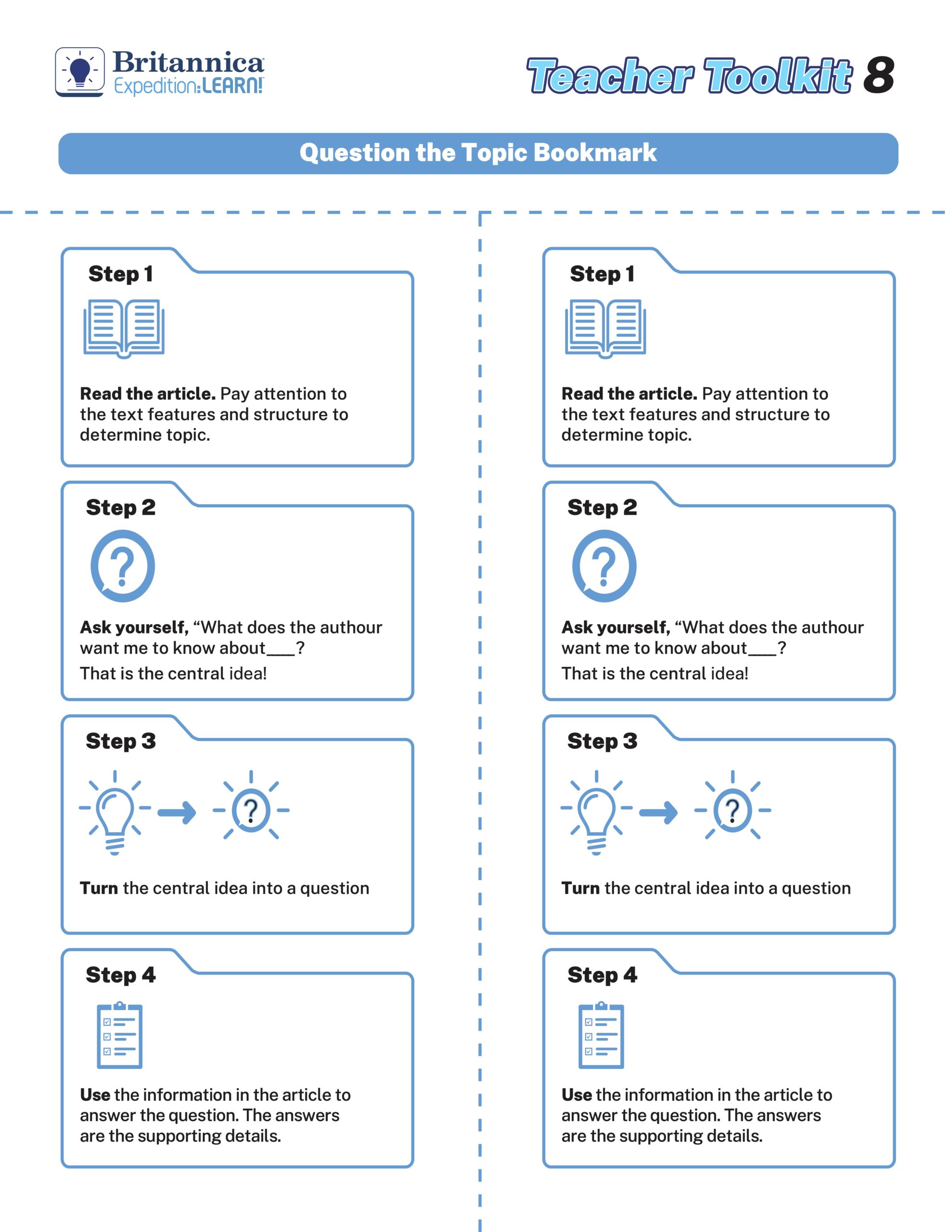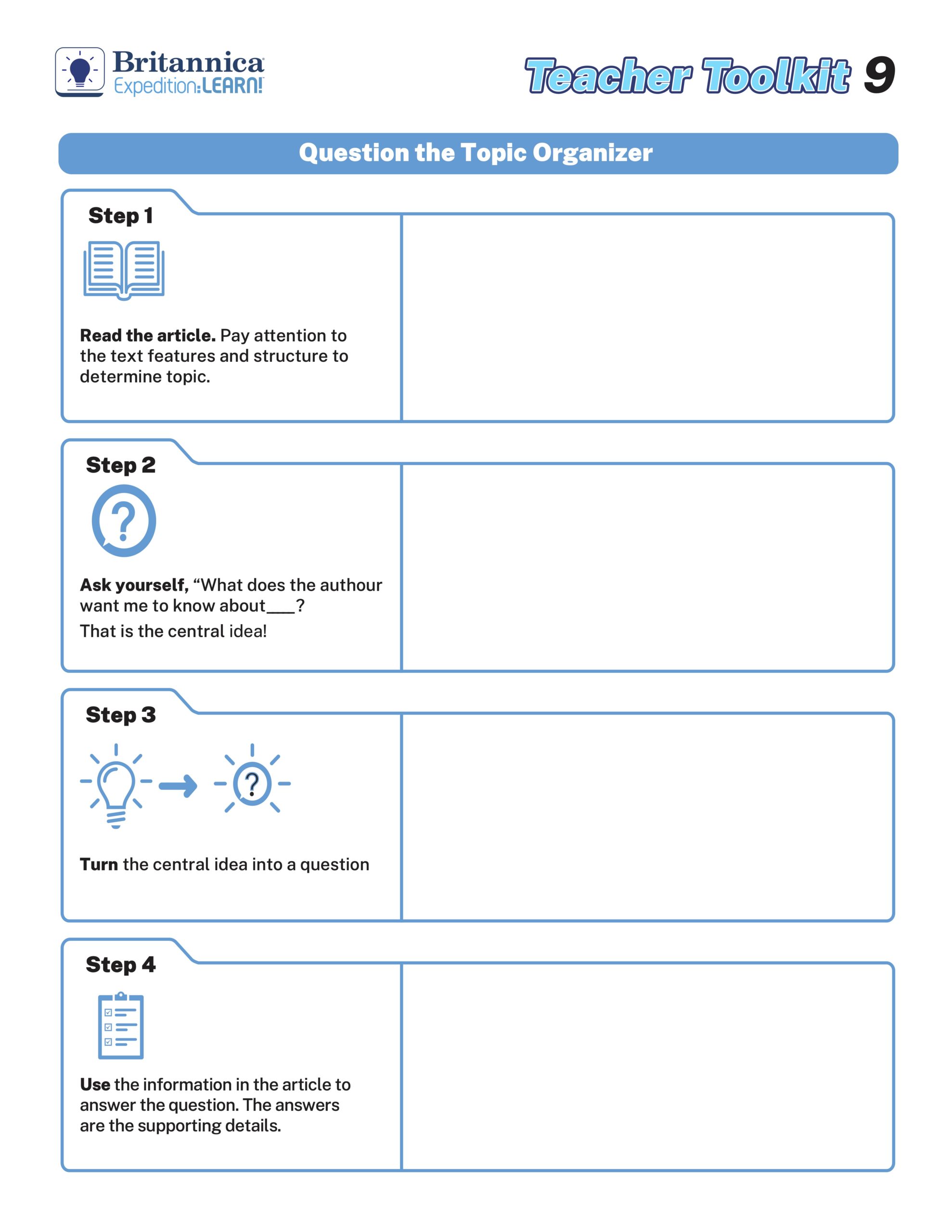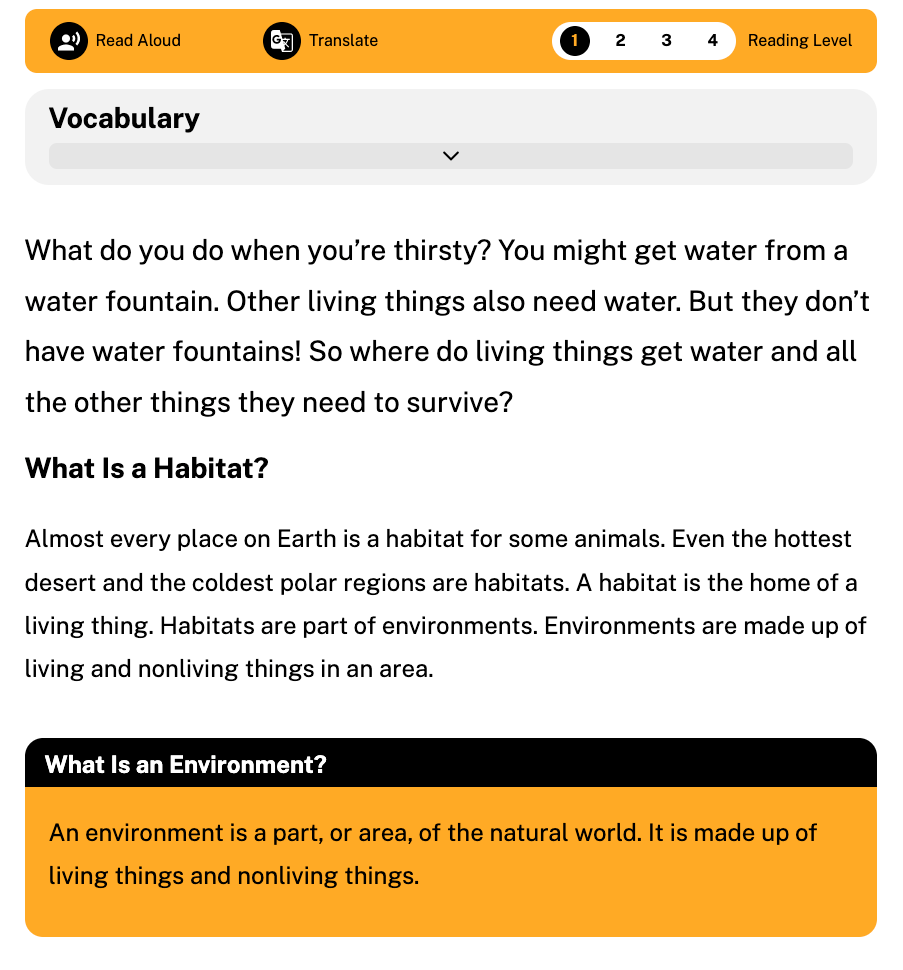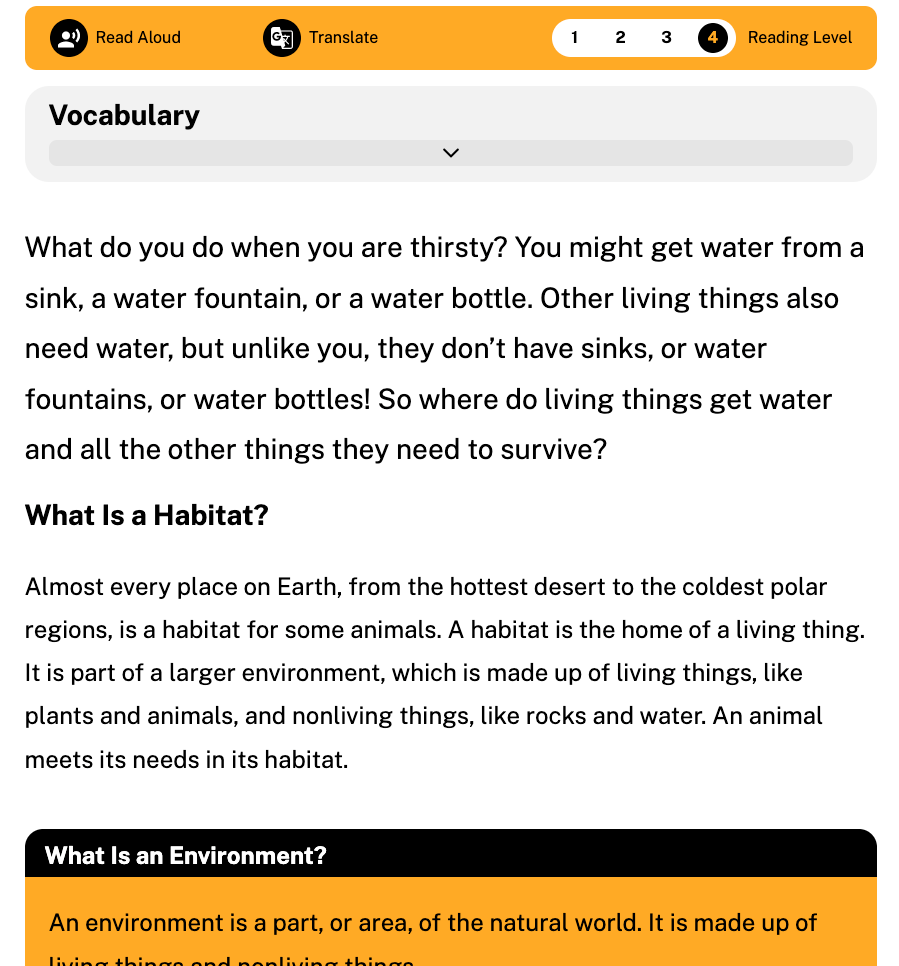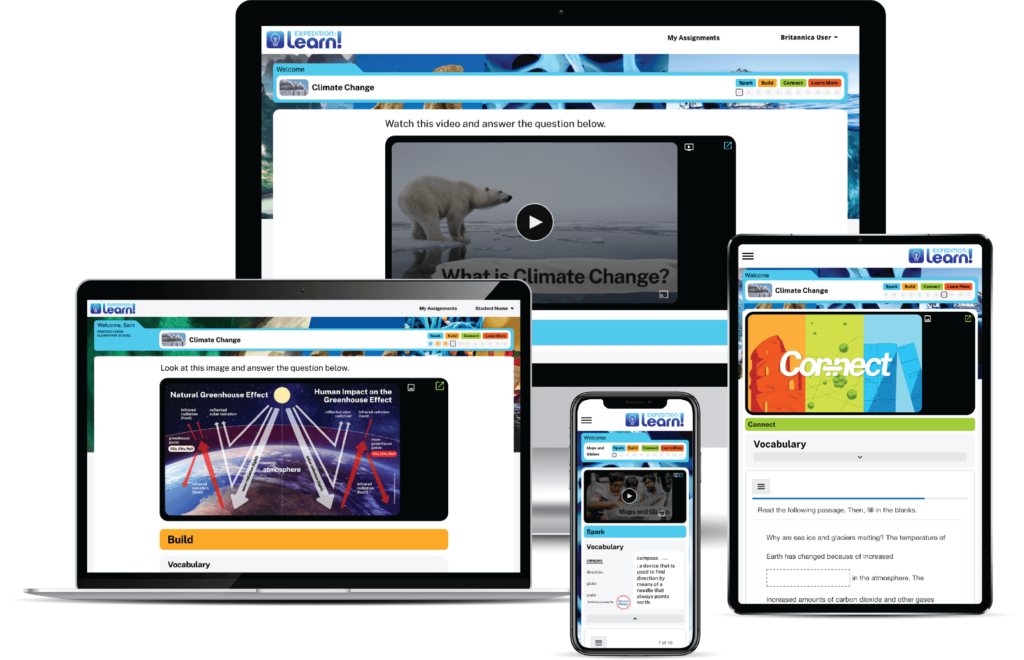Maximize Your Lessons
If you’re out of ideas or pinched for time leading up to your next reading lesson, we’ve got just what you need! Our collection of graphic organizers is designed to make teaching simpler and motivate your students with an interactive way to expand their reading comprehension skills using foundational, research-based elements to build vocabulary, incorporate background knowledge, and understand language and text structures.

Did You Know?
“In addition to being effective for vocabulary instruction, graphic organizers can also enhance reading comprehension by helping students to categorize information and to show the relationships among important concepts.”
— The Iris Center1
The Game-Changing Power of Graphic Organizers
It’s no secret to educators that reading is the foundation of education. No matter the subject, reading is interwoven in every element of school, from math and science, social studies and language, and everything in between. As an educator, you go above and beyond to find effective ways to elevate reading comprehension that both engage students and give them a deeper understanding of topics. We’re here to help!
Graphic organizers are not just time-savers, they’re game-changers! They don’t just organize information; they help students visualize their learning journey. When Ms. C. introduced these tools to her 3rd-grade class, the transformation was instant. “Our ELA block is largely discussion-based. But with graphic organizers, students had a structured way to capture their thoughts. Their reading comprehension soared. Witnessing the profound connections they made was truly rewarding,” she shared.
Ramp up your lessons and equip students with the skills to:
- Organize and comprehend information
- Guide thinking by visualizing facts and ideas
- Connect concepts, terms, related words, and meanings
- Explore real-world applications and apply what they learn to various scenarios
- Enhance memory and recall
Dive into Our Top Picks
Graphic organizers serve as a beneficial framework for organizing thoughts and facilitating a deeper conceptual understanding. Even more, these versatile tools can be easily adapted and combined with other reading tools and activities for stand-out lessons they’ll enjoy! Here’s a glimpse at our top picks:
Venn Diagram: Cultivate Critical Thinking Through Comparison
Compare and contrast two or more concepts and themes, and visualize the relationships between different sets to advance critical thinking skills.
How to use:
- Identify Concepts: Start by selecting the concepts, themes, or characters students will compare and contrast
- Label the Circles: Each circle represents a concept. Label them accordingly.
- Fill in Characteristics: In the separate areas of the circles, list characteristics unique to each concept. In the overlapping area, list the similarities.
- Discuss and Analyze: Encourage students to discuss the differences and similarities they’ve listed, deepening their understanding of the relationships between the concepts.
- Pro Tip: Encourage students to use bullet points for clarity and to discuss their ideas with peers for a broader perspective.
Example Activity: Have students select two novels to read. Using the Venn Diagram, have them practice connecting ideas between texts by comparing and contrasting the books’ themes, characters, and settings, listing shared traits in the overlapping section, while placing unique attributes in the respective circles. Not only does this help students visualize connections and think critically about what they are reading, it also enables them to visually grasp the similarities and differences.
Idea Web: Spur Creativity and Conceptual Understanding
Visually organize and connect ideas or concepts around a central theme to encourage brainstorming, creativity, and a deeper understanding of the subject matter.
How to use:
- Central Idea: Begin with the main idea or theme in the center of the web.
- Branch Out: Draw branches from the center for each related subtopic or idea.
- Details: From each subtopic, extend further branches to list specific details or examples.
- Pro Tip: Use different colors or symbols to help visually differentiate between subtopics and details.
Example Activity: Have students look at an activity on rainforests. Using the idea web, instruct them to identify the main idea: “Rainforest.” Then, find the supporting details: “Biodiversity, Conservation, Indigenous Communities” in the second set of boxes. Foster a holistic understanding of rainforests by having students explore articles about their ecological importance, related conservation efforts, and the cultures of Indigenous people, filling in the remaining box tiers as they go.
Word Chart: Expand Vocabulary and Contextual Comprehension
Create a comprehensive understanding of words by exploring their meanings, associations, and contexts. Word charts expand vocabulary and help students learn how to use words in the proper context.
How to use:
- List Words: Start by listing words related to a specific topic.
- Explore: For each word, note its definition, synonyms, antonyms, and an example sentence.
- Visualize: Encourage students to draw a symbol or image associated with the word.
- Pro Tip: Make it interactive by having students share their sentences or pictures with the class to discuss variations in understanding.
Example Activity: Ask students to use the Word Chart to look at a concept. For example, they can choose to explore “Mammals” as their main word. Then, encourage them to write out the definition and find images of animals that are classified as mammals.. Then, young learners can identify contexts where they might encounter these words to help create connections between them.
KWL Chart: Navigate Knowledge Acquisition and Assessment
Monitor and guide learning progress by identifying students’ prior knowledge and setting learning objectives. Students can use this chart to identify what they notice, wonder, and learn.
How to use:
- Know: Before the lesson, list what students already understand.
- Want: Note what students are curious about or want to learn.
- Learned: After the lesson, fill in what students have discovered.
- Pro Tip: Review the “L” column as a class to ensure understanding and clarify any misconceptions.
Example Activity: Have students use the KWL Chart to spell out what they know about a topic, in this case “Photosynthesis” in the Know column, such as “Plants make food.” In the Want to Know column, they can ask questions such as “How do plants make food using sunlight?” Finally, help them track their new knowledge, such as “Plants convert sunlight into energy through photosynthesis,” in the Learned column. Ensure students track their learning journey, and encourage curiosity and reflection throughout.
Are you following Britannica on Pinterest?
Enhance classroom organization and lesson plans with graphic organizers and supplemental materials that help you sprinkle in fun, interactive activities.
See on PinterestInference Chart: Enhance Deductive Reasoning and Problem-Solving Skills
This chart supports reading comprehension by enhancing students’ deductive reasoning, critical thinking, and problem-solving skills as they make logical inferences from observed facts or information.
How to use:
- List Facts: Start by noting observed facts or data.
- Draw Inferences: Based on these facts, make logical conclusions.
- Discuss: Review the reasoning behind each inference with the class.
- Pro Tip: Use real-world examples or current events to make the activity more engaging and relevant.
Example Activity: Use the Inference Chart to guide students in first listing a fact; in this case, “the ground is wet.” Then identify their inferences about that fact, such as “It must have rained recently.” Students can discuss how they make logical deductions based on observable facts, helping them understand the process of making informed inferences.
Text Treasure Hunt: Boost Reading Engagement and Retention
Equip students with a fun way to interact with informational texts as they identify key elements and key terms. Text Treasure Hunt worksheets are a fun, interactive way to build active reading, critical thinking, and retention skills.
How to use:
- Read: Have students carefully read the provided text.
- Identify: Use the worksheet to note important elements based on prompts.
- Reflect: Encourage students to share their findings and reflections.
- Pro Tip: Boost engagement by making the hunt a team contest! Award points for each found item, encouraging teamwork and critical thinking. Adjust clue difficulty based on student reading levels to keep it inclusive and fun for everyone.
Example Activity: Let’s take a sample lesson on “The Water Cycle.” Have students look for keywords and main concepts, such as subheadings or linked words, to understand points as part of a whole. Identify a related concept such as “condensation,” then search for “clouds.” Students can note supporting details and examples on the worksheet, including where they found the information in the text. Finish by having them reflect on the importance of the water cycle in the environment.
Claim-Reason-Evidence: Structure Arguments and Rational Thinking
Students develop structured, logical thinking by organizing ideas around a central concept, allowing students to form well-thought arguments and understand the rationale behind these views.
How to use:
- State Claim: Clearly define the central argument or claim.
- List Reasons: Provide reasons that support the claim.
- Provide Evidence: For each reason, offer evidence or examples.
- Pro Tip: Encourage students to think critically about the strength of their reasons and the reliability of their evidence. It’s not just about having evidence, but about how compelling that evidence is.
Example Activity: Have students fill out the Claim-Reason-Evidence claim using a lesson on Solar energy. Their claim might be“solar energy is eco-friendly.” Then, they should list the Reasons that substantiate this claim, such as “Reduces carbon emissions” and “Decreases reliance on fossil fuels.” Finally, encourage students to provide Evidence to back up their claim, helping them understand the logical structure of an argument. Something like: “Studies show the carbon footprint of solar panels is more than ten times less than fossil fuels.”
Inverted Pyramid of Impact: Prioritize Information for Clear Communication
Build on reading skills with these writing exercises that enable students to organize and prioritize information according to its significance. As students identify main ideas and supporting details, they go beyond readability and comprehension, they practice clear and concise communication and better retain key concepts.
How to use:
- Main Ideas: Start with the most critical information or main ideas.
- Supporting Details: Follow with relevant details.
- Background Info: Conclude with any additional background or context.
- Pro Tip: Through guided inquiry, encourage them to think openly about these various levels, asking “How does this event impact people around the world? Around me?”
Example Activity: Help students recognize the various levels of impact and how they relate beyond basic cause and effect with this organizer. Have them think of a major world event and begin by writing out its global impact, then national, state, city, and community in that order. Finally, students will share how this event impacts them as an individual in the “ME” column.

Use any (or all!) of these graphic organizers for an interactive boost in reading comprehension. They’re an efficient and effective way to help students connect ideas, simplify complex information, and sharpen vocabulary and syntax skills. Don’t forget to customize them to suit your students’ unique needs and learning styles! Craving more? There’s a whole lot more where that came from! Amp up your classroom lessons with our extensive collection of graphic organizers.
Inspired by your success? We are, too! Share your classroom breakthroughs and success stories using our graphic organizers on social media with the hashtag #BEorganized.
References
- Shanahan, C. (2021). What should content-area teachers know about comprehension instruction? The Iris Center. https://iris.peabody.vanderbilt.edu/module/sec-rdng/cresource/q3/p11/

